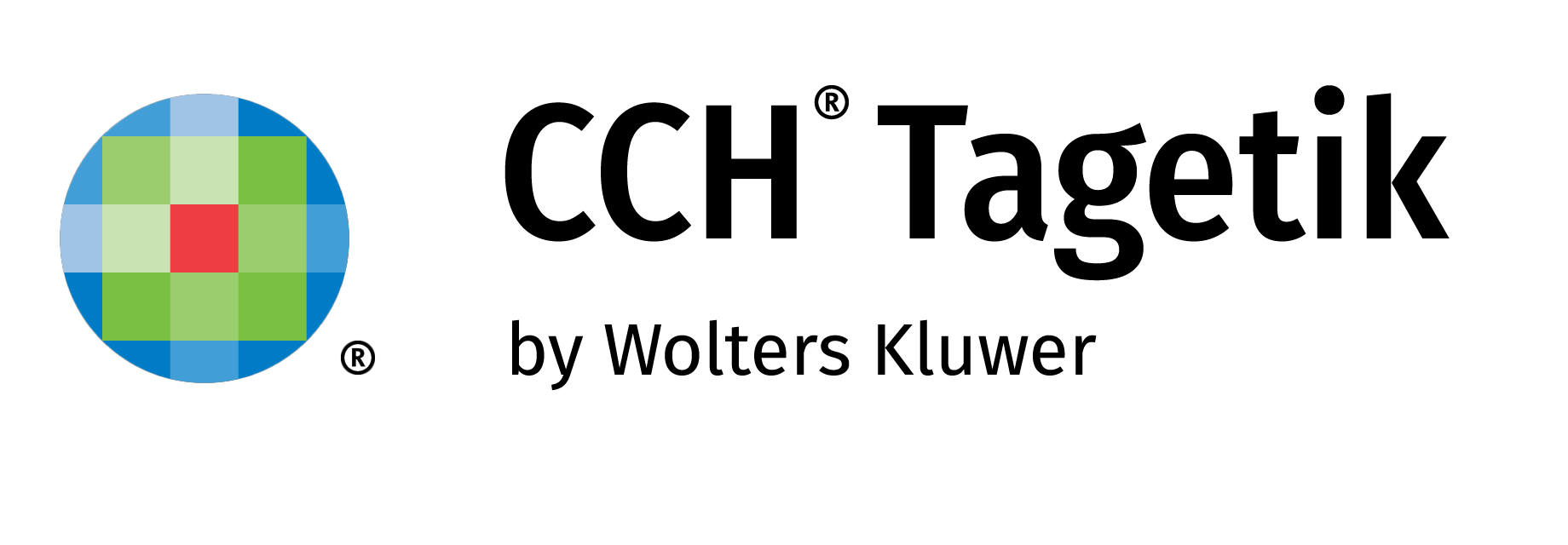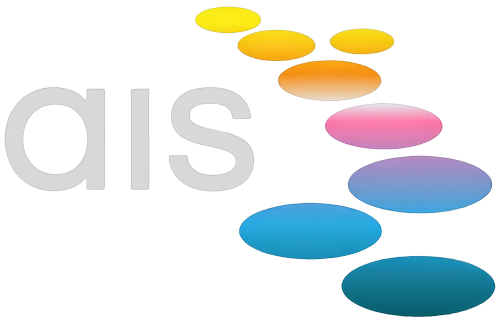Driver-Based Planning: Connect Decisions to the P&L (and Cash)
Introduction — “Model the Levers, Not the Cells”
Most FP&A teams don’t suffer from a lack of numbers — they suffer from a lack of levers. We track hundreds of lines, but when Sales asks, “What happens if we cut price 3%?” or Ops asks, “What if freight rises 6%?”, we vanish into formula caves and return three days later blinking at daylight. Driver-based planning (DBP) fixes that by modelling the handful of inputs that actually move the outcome — price, volume, mix, yield, FX, headcount, capacity — and letting the system flow the math across P&L, balance sheet, and cash.
In this post: how to design a lean DBP model, keep it honest, and where CCH Tagetik quietly does the heavy lifting so you can stop bargaining with VLOOKUP and start advising the business.
Why Drivers Beat Detail (Every Time)
Detail feels safe — until it slows you down. Drivers trade a little precision for a lot of speed and clarity. When the CFO asks for the cash impact of a 2% price change and a 5% freight spike, a good DBP model answers in minutes because those levers already exist and the relationships are coded. You’re not rebuilding a workbook; you’re turning the wheel you designed for moments like this (cape optional).
Practically, that means defining a short list of drivers, deciding how they roll through revenue, COGS, Opex and working capital, and locking the relationships so everyone can trust the output. CCH Tagetik stores these in a central driver table with audit and inheritance across scenarios — change once, ripple everywhere (like it always should have).
Start Small: A Practical Driver Map
| Area | Driver | Impacts | Tagetik Tip |
|---|---|---|---|
| Revenue | Price, Volume, Mix, FX | Top line, GM%, AR (DSO), collections timing | Driver table by SKU/Region; scenario inheritance |
| COGS | Material index, Yield/Scrap, Freight/unit | Gross margin, Inventory, AP (DPO) | Link to BOM or cost category; FX sensitivity |
| Opex | Headcount, Salary bands, Hiring plan | Run-rate, capacity, cash burn | HR feed; hiring calendar; version locks |
| Working Capital | DSO, DPO, Inventory days | Cash conversion, liquidity | Quarterly refresh; thresholds & alerts |
Resist the urge to model the entire universe on day one. Start with 5–7 drivers that explain most of your variance. Add nuance later,
ideally with coffee, not courage.
How to Build a Lean Driver-Based Model (That People Use)
- Pick the scope — P&L for months 1–12; BS/Cash quarterly. Keeps it fast (and human).
- Define drivers — Price, Volume, Mix, FX, Yield, Freight, Headcount. Owners: Sales (price/volume), Ops (yield/freight), Finance (FX/assumptions). If no owner, it’s not a driver yet.
- Wire the math — Document relationships (e.g., +1% price → revenue; +5 freight/unit → COGS) and working-capital effects (DSO, DPO, inventory). Breadcrumbs for your future self — without the birds.
- Set scenario defaults — Base, Best, Downside. Inherit from Base; only override changed drivers. Opinions optional, discipline mandatory.
- Publish thresholds — Refresh if FX ±2%, freight ±5%, price ±3%. Clarity beats ad-hoc “can you just…” requests.
- Lock versions — Approve and freeze each monthly refresh. Nostalgia is not a change control process.
In CCH Tagetik, set this up once: central driver tables, BU overrides with audit, scenario inheritance, workflow prompts, and version locks.
The process governs itself; you govern the assumptions (a much better use of caffeine).
Your PVM Cheat Sheet (Price–Volume–Mix)
| Component | What Changed | How to Show It | Typical Decision |
|---|---|---|---|
| Price | Average selling price ↑/↓ | Waterfall bar for price impact | Promo vs. list; value messaging |
| Volume | Units sold ↑/↓ | Units bridge; run-rate view | Capacity, pipeline, coverage |
| Mix | Shift between SKUs/regions | Margin by SKU; mix matrix | Reprice, bundle, focus segments |
| COGS Drivers | Material, yield, freight changes | Unit cost bridge; index overlay | Supplier, spec, route changes |
The trick is consistency: use the same PVM layout every month so stakeholders learn the pattern. Tagetik dashboards make this repeatable (and mercifully predictable).
Real-World Moments You’ll Recognise
- The Price Nudge — Sales proposes a 2% discount to unlock volume. You simulate price–volume trade-offs and show that a 1% targeted cut in two SKUs beats a blanket discount by 60 bps of margin (numbers, not vibes).
- The Freight Shock — Logistics costs jump mid-quarter. You increase the freight driver and watch GM%, inventory value, and cash move together — then present three mitigations with payback. Calm looks good on finance.
- The Mix Mirage — Revenue is flat but margin slips. Your driver view shows the shift to lower-margin SKUs and points to a smarter segment focus. Mystery solved, Scooby snacks optional.
- The Hiring Question — Ops wants headcount now. You model capacity lift, opex, and cash burn — and suggest a phased plan tied to volume thresholds. Everyone breathes.
Keep It Honest: Guardrails That Save You Later
- One source of truth — Actuals from GL/ERP flow automatically into Tagetik. No manual tweaks in reporting layers (step away from the side-sheet).
- Driver ownership — Name an owner for each driver. If nobody owns it, it’s not a driver yet.
- Change log — Every driver change carries a note. Tagetik’s audit trail captures who/what/when (CCTV for numbers, but friendly).
- Refresh triggers — Don’t re-forecast on vibes; re-forecast on thresholds.
- Version locks — Once approved, freeze. Nostalgia does not equal governance.
Where CCH Tagetik Makes DBP Easier
Central driver tables with BU overrides and audit; scenario inheritance so edits ripple; automated actuals from GL/ERP/CRM;
workflow & versioning to keep submissions on track; dashboards for repeatable PVM storytelling. Translation: less maintaining, more advising
(and maybe lunch away from your desk).
What to Measure (So You Know It’s Working)
- Forecast explainability — % of variance attributed to drivers (target > 80%).
- Scenario turnaround — Time to produce Base/Best/Downside with cash flow-through (< 60 minutes).
- Cycle time — Close-to-forecast in < 5 business days.
- Adoption — % of driver updates made in platform (target > 90%).

